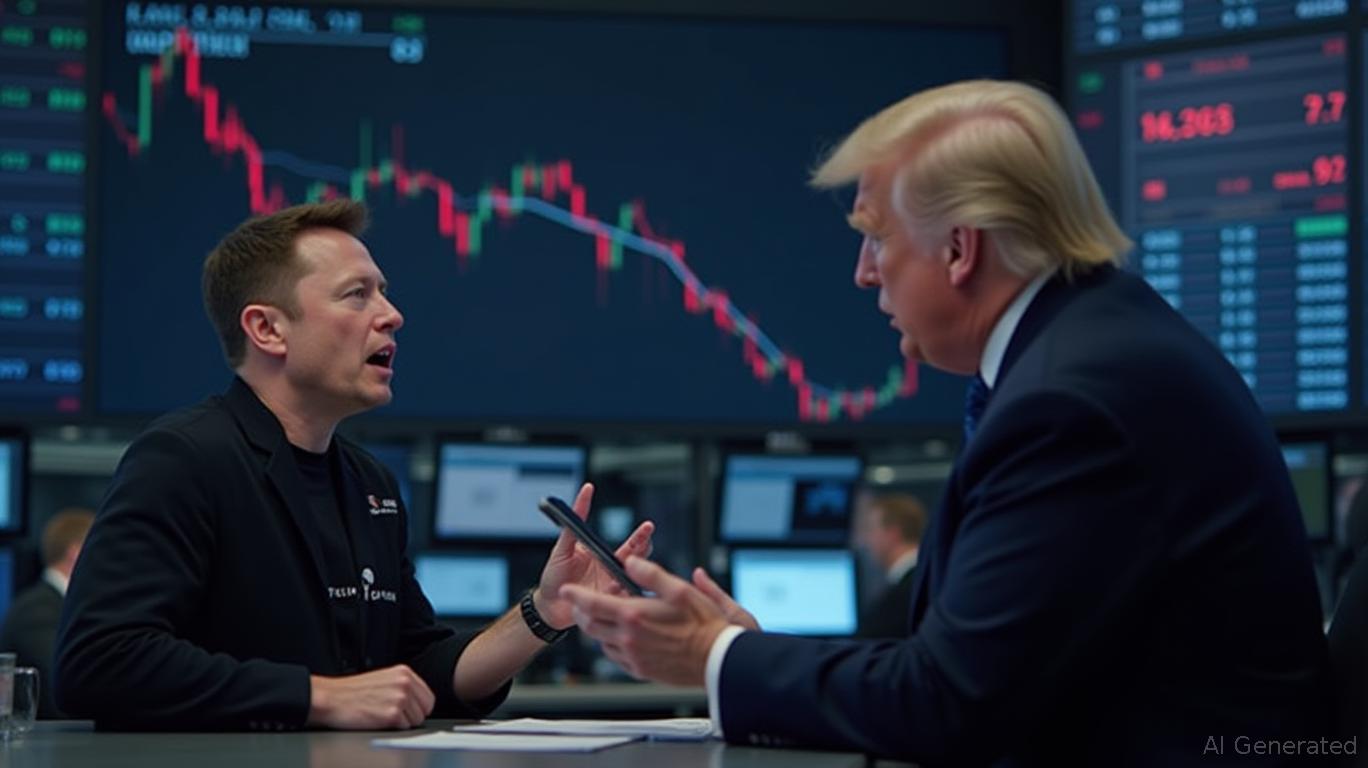Defi Development Corp. Transforms Identity with Ticker Switch to DFDV – Implications for Investors
In a strategic move to realign its corporate identity with its evolving business model, defi development Corp. has officially transitioned its Nasdaq ticker symbol from JNVR to DFDV, effective May 5, 2025. This shift marks a pivotal moment for the company, signaling a deeper commitment to its crypto-focused treasury strategy. For investors, the change raises critical questions: How does this rebranding reflect the company’s trajectory? What risks and opportunities arise from its pivot to decentralized finance (DeFi)? And what does the transition mean for shareholders in the short and long term?
The Original Ticker: JNVR’s Legacy and Insider Dynamics
Before the rebranding, DeFi Development Corp. traded under the ticker JNVR, a symbol tied to its earlier identity as a broader financial services firm. Historical data reveals a period of significant insider selling under this ticker. For instance, Blake Janover, the Chief Commercial Officer, sold 738,632 shares of JNVR in the months leading up to the ticker change—a move that may have signaled internal concerns about valuation or strategic direction. Meanwhile, institutional investors like Perritt Capital Management and Geode Capital Management reduced their stakes, with holdings dropping by 12% and 8%, respectively, over the same period.
Ask Aime: DeFi Development Corp. Rebranding to DFDV - What Impact on Investors?

The Strategic Shift: DFDV and the Crypto Treasury Model
The adoption of DFDV as the new ticker underscores the company’s strategic pivot to a crypto-focused treasury model. This shift aims to position the firm as a leader in DeFi infrastructure, blockchain asset management, and decentralized applications. The rebranding is not merely cosmetic; it reflects a deliberate effort to align its identity with its core business priorities.
Crucially, the change does not require shareholders to take any action, as the CUSIP number remains unchanged. This seamless transition suggests the move is primarily symbolic—a repositioning to attract investors more attuned to crypto and blockchain opportunities.
Market Reactions and Investment Considerations
The market’s initial response to the ticker change has been muted, with shares trading within a narrow range. However, the long-term implications hinge on the execution of the crypto strategy. Key risks include regulatory challenges in the volatile crypto space, execution delays, and competition from established DeFi players.
On the flip side, the rebranding could unlock new synergies. For example, DeFi Development Corp. now has a ticker that directly references its focus (DeFi Development Corp → DFDV). This clarity may attract institutional and retail investors specifically targeting blockchain assets, potentially boosting liquidity and valuations.
Conclusion: A Bold Move, but Execution is Key
DeFi Development Corp.’s transition to DFDV is a bold rebranding effort that aligns its identity with its crypto-centric future. However, investors must weigh this strategic shift against tangible metrics.
Historically, the JNVR era was marked by insider skepticism (evidenced by the 738,632-share sale) and institutional outflows. The new ticker offers a clean slate, but success will depend on whether the company can deliver on its DeFi initiatives. If it achieves meaningful partnerships, develops proprietary blockchain tools, or secures regulatory approvals, DFDV could emerge as a leader in the space.
Conversely, failure to execute could leave the firm exposed to the same risks that prompted its earlier insider selling. For now, investors should monitor metrics like blockchain project milestones, institutional inflows post-rebranding, and the stock’s performance relative to crypto indices. The jury is out—DFDV’s future is as decentralized as the technology it now champions.
This analysis underscores the importance of context: the ticker change is not just a symbol but a strategic bet. Investors must assess whether the company’s vision matches its execution capability in an increasingly crowded and regulated crypto landscape.



_e45148e31749146201654.jpeg)






